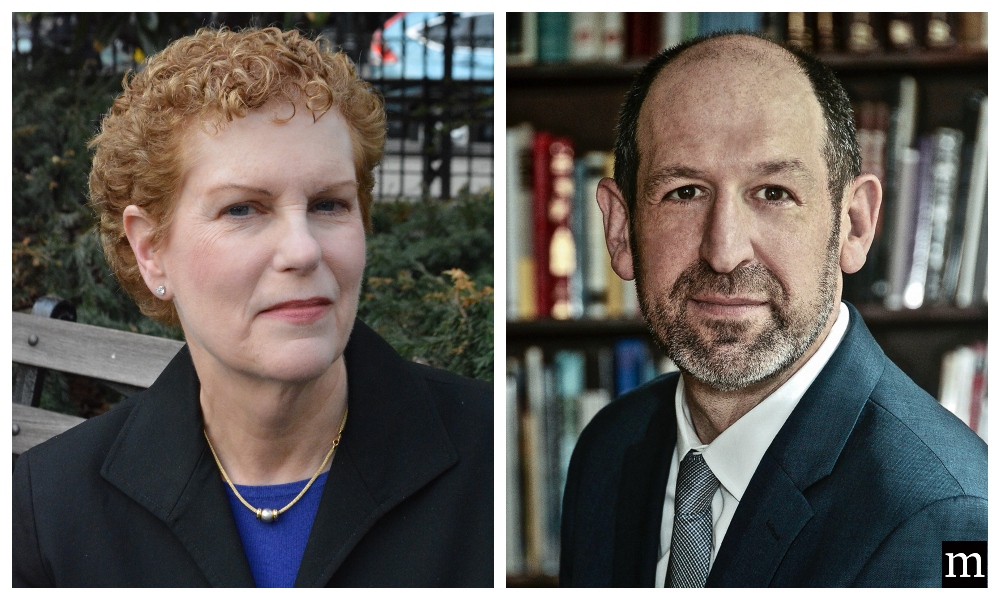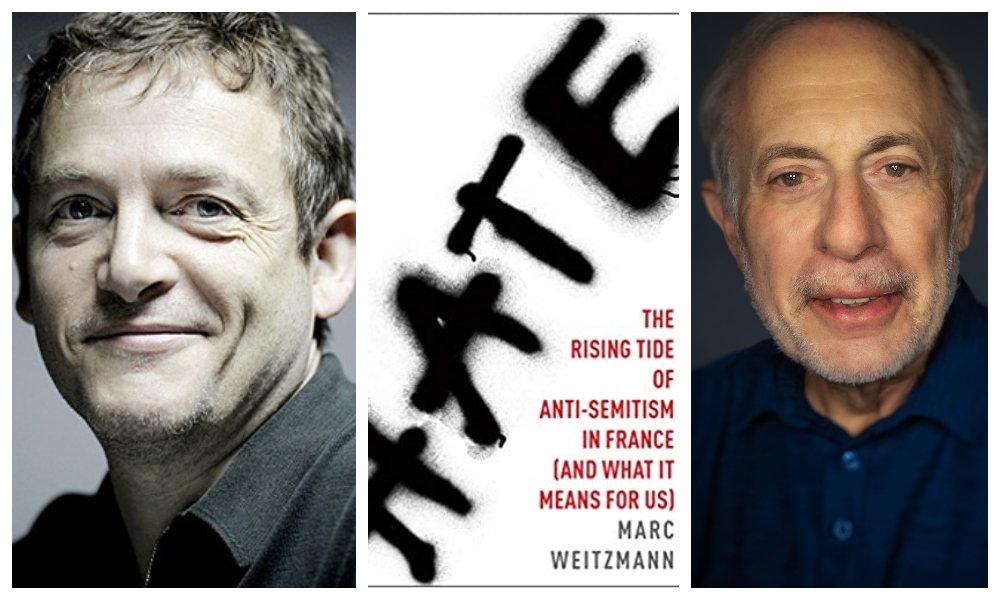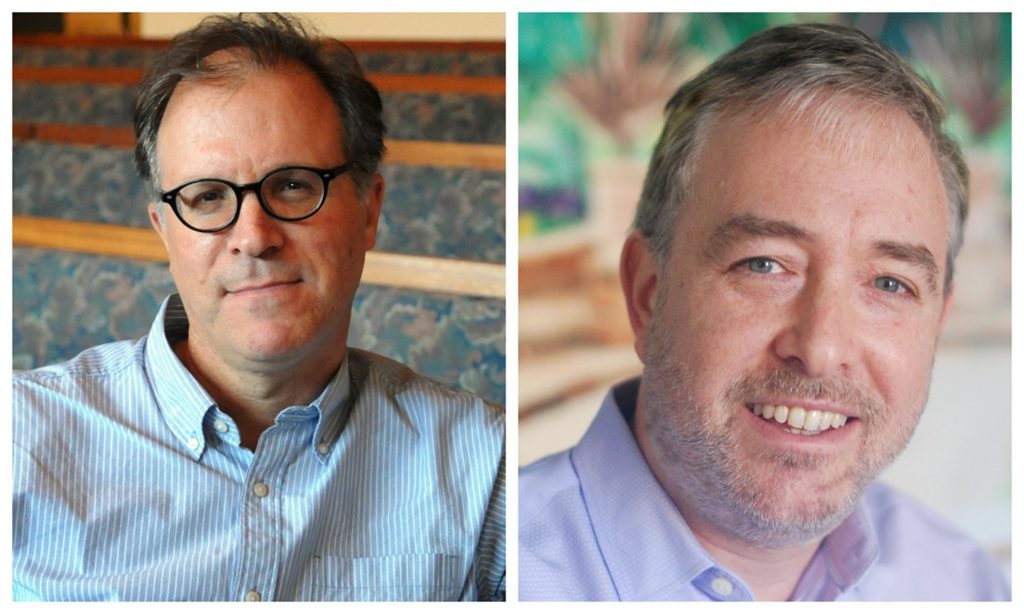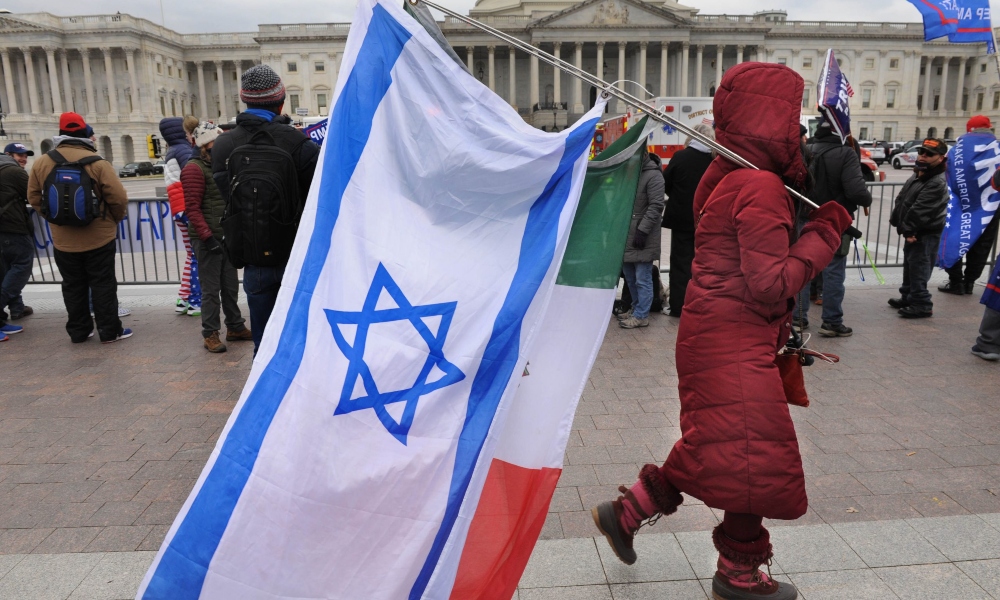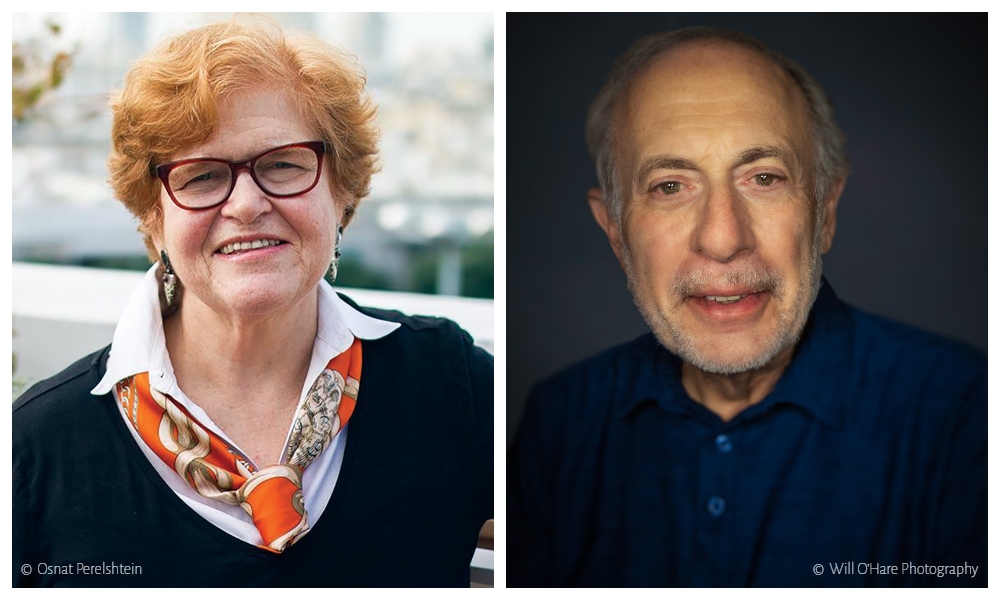![]()
1. There’s politics, and there’s real life
It’s October 2019, and the clichés about living in Trump-era America have been worn out. One crazy week gives way to another that is somehow even crazier than the last.
At the end of a week that included impeachment hearings, whistleblowers speaking out against the most powerful man in the world, and a president accusing a member of Congress of treason and calling to impeach a senator from his own party, we all know this coming week will only be worse.
This is why three weeks from now, few may take time to notice a solemn date on the Jewish American calendar—the first-year anniversary of the Pittsburgh synagogue massacre.
The doors of Pittsburgh’s Tree of Life synagogue are still locked, and worshipers are spending the High Holidays in other synagogues around Squirrel Hill. America’s deadliest attack against Jews was followed by another, this time in Poway, outside San Diego. The number of anti-Semitic hate crimes has continued to surge, including a spike of violence against Orthodox Jewish neighborhoods in New York.
The promise of “never again,” also worn out from excessive use this past year, turned out to be hard to deliver on.
But as we approach the first yahrtzeit of the Pittsburgh attack, it may be worthwhile taking a moment to look at what has been done, and what still needs to be done, to make sure it is a commemoration of past evil, not a turning point in American Jewish life.
2. Not all anti-Semites are born equal
In many ways, they are all the same. For a Jewish family losing its sense of security, there is little difference between an armed lifelong neo-Nazi indoctrinated with hate, a street thug picking on traditionally-dressed Orthodox Jews, a teenager drawing swastikas in the school bathroom, or an anti-Israel extremist posting eviction notes on Jewish college students’ dorm rooms. They’re all reprehensible, and all help shatter the notion of safety and security Jewish Americans have fought for and have learned to value.
But on the policy level, there are differences.
These differences have shaped the response to anti-Semitic events, and bundling all Jew-haters together does not necessarily serve the community well.
Robert Bowers, the 46-year–old Nazi sympathizer, who walked into Tree of Life synagogue on the morning of October 27 and started shooting at members gathered for Shabbat services, had a clear online record of anti-Semitic hatred.
I visited his home after the shooting. The neighbors, in the small two-story apartment complex, spoke of a quiet person who kept to himself. They were as shocked as anyone else to learn about the hate that festered in the heart of their next-door neighbor. Those who followed him on Gab, an online social platform known to be used by white supremacists, were probably less surprised.
John Earnest, the 19-year-old who walked into the Chabad Center of Poway on the last day of Passover, murdered a worshiper and injured the rabbi and two congregants also came across as a normal teen. It was only after the attack that his anti-Semitic screed was found on 8chan, another website that hosts racists and violent members.
3. Could they have been stopped?
Perhaps. But it would have required a very different approach to violent anti-Semitism in America.
The concept of securing Jewish places of worship is basically centered around the idea of making it harder for violent extremists to enter a synagogue. This means guards at the entrance, better outdoor lighting, closed-circuit cameras monitoring those nearby and fortifying the building with bulletproof windows, fences and other security measures.
These efforts have been boosted by generous federal grants provided under a post-9/11 program known as the Nonprofit Security Grant Program and administered by the Department of Homeland Security. Relying on government funds for religious purposes didn’t come easy for the Jewish community, always fearful of eroding the separation of church and state, but the effectiveness of the program outweighed these concerns.
In recent years, dozens of synagogues have been fortified with government grants, in addition to training personnel and introducing active shooter drills.
So why didn’t all these improvements help in Pittsburgh and Poway?
First, because the government plan doesn’t usually reach the most vulnerable of synagogues. Tree of Life was a struggling synagogue. Like many others, it had seen a decline in membership and the magnificent corner building stood partly empty and was rented out to two other congregations. Fortification would require massive funds, and accessing government grants would demand a large investment of time and expertise. The lack of any immediate threat guided local law enforcement not to place police officers outside the synagogue in what was supposed to be a regular Saturday morning.
The Chabad of Poway, a thriving small community, was also lacking any protection on the day of the attack. A congregant who was inside the sanctuary when Earnest walked in and started shooting told me the next day that the front door was left wide open, in order to make it easier for people to come in and take part in the Passover prayer.
Would “hardening” the premises save lives in these events? Probably not.
These measures are extremely effective for other types of anti-Semitic violence, like vandalism. They’re good at preventing the type of incidents that make Jews feel unsafe in their own houses of worship and could help deter a random attacker. But it’s hard to imagine them stopping Bowers and Earnest.
4. America can uproot anti-Semitic violence. It knows how
Pittsburgh and Poway represent a different challenge. In these horrific cases, the anti-Semitic killers arrived at the scene after careful preparation. Armed and equipped, they came with one purpose: killing Jews.
A buzzer on the door wouldn’t stop Bowers, and a security camera wouldn’t deter Earnest. The only way to stop them would be going after them before they pulled the trigger.
It’s a different type of battle, and the effort can take a page from America’s recent history.
After the Al-Qaeda terror attacks of September 11, 2001, America, shocked to discover its vulnerability, took measures that were seen as extreme and excessive. Billions of dollars were poured into cracking terror networks, laws were re-written and then broken in order to institute massive surveillance programs, and Americans were forced to reckon with a new reality at airport security lines, in the streets and subways, and online.
Watch lists, containing thousands of names of people with potential ties to terror, were compiled. Calls and internet communications were surveilled, and active cells were infiltrated by U.S. agents.
The result was an America pretty much free of terror ever since.
Robert Bowers was active in online hate groups. Was anyone watching him? Did anyone pick up signs of John Earnest’s racist ideology? Had they been Muslim extremists, they would be watched, their groups infiltrated, and their attacks would likely have been foiled.
America knows how to do it (though, needless to say, it needs to learn the lessons of overzealous surveillance and to ensure adherence to human rights standards). The decision awaiting, as we approach the Pittsburgh anniversary, is to treat domestic, anti-Semitic terrorism in the same way America treats Islamic extremists.
5. Keep fighting on all fronts
Battling domestic terrorists of the likes of Bowers and Earnest is necessary and may be the hardest to do. But fighting anti-Semitism, in all of its different forms, requires a sustained effort in a variety of means: calling out those who casually use anti-Semitic canards and slurs, even if they are in positions of power; investing in fortifying Jewish centers and places of worship; insisting that authorities forcefully go after the window breaker, the street attackers, the swastika painters; and drawing clear lines for those who oppose Israeli policies by veering into anti-Semitic territory.
There are many types of anti-Semites out there, and it takes many different measures to drive them back into their holes.



